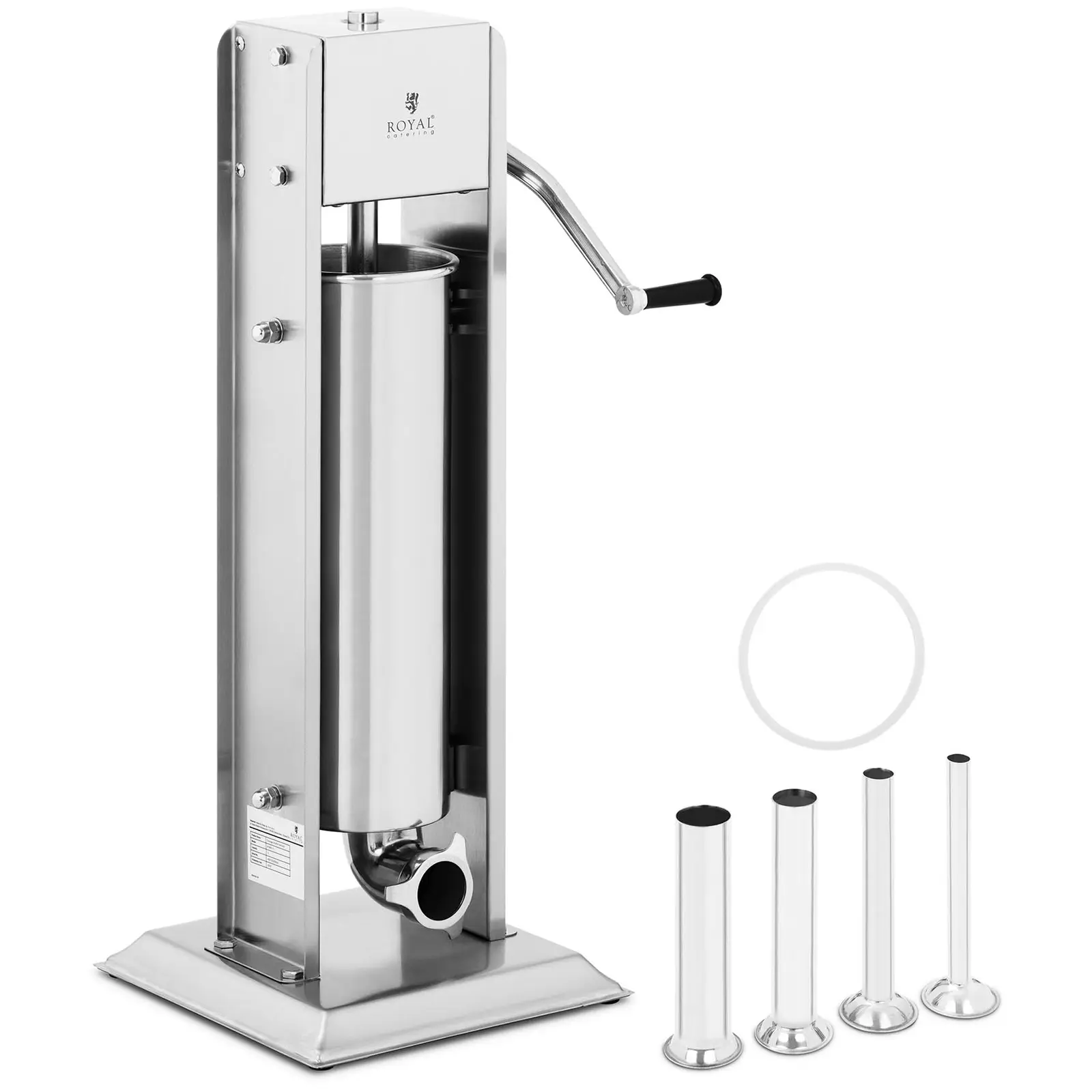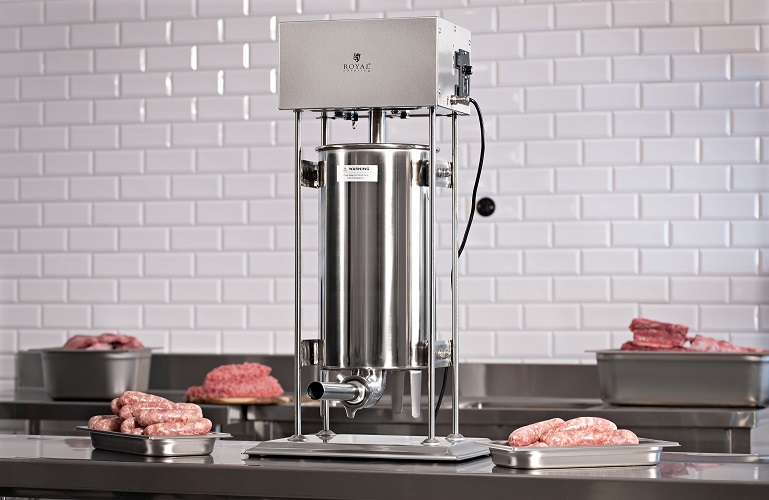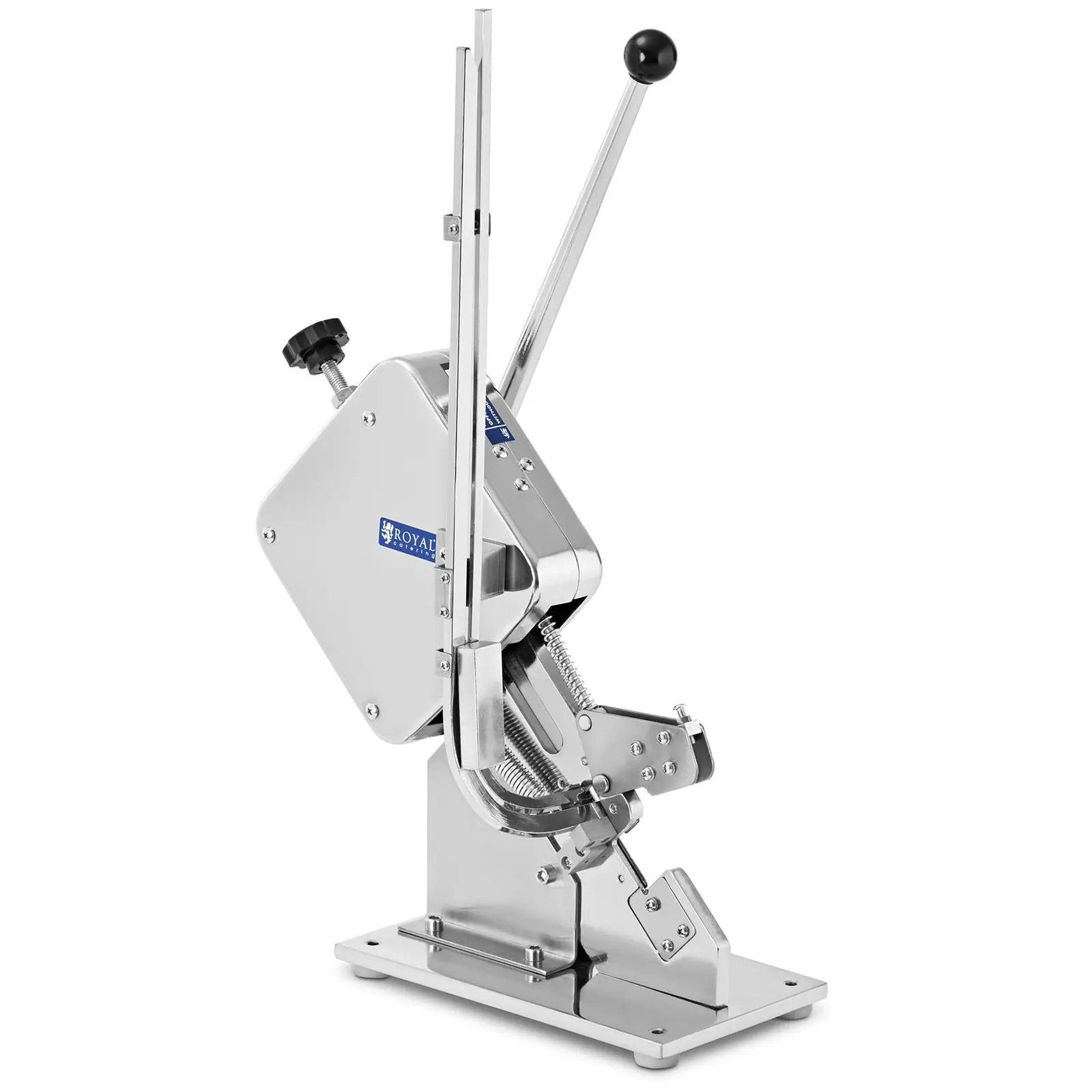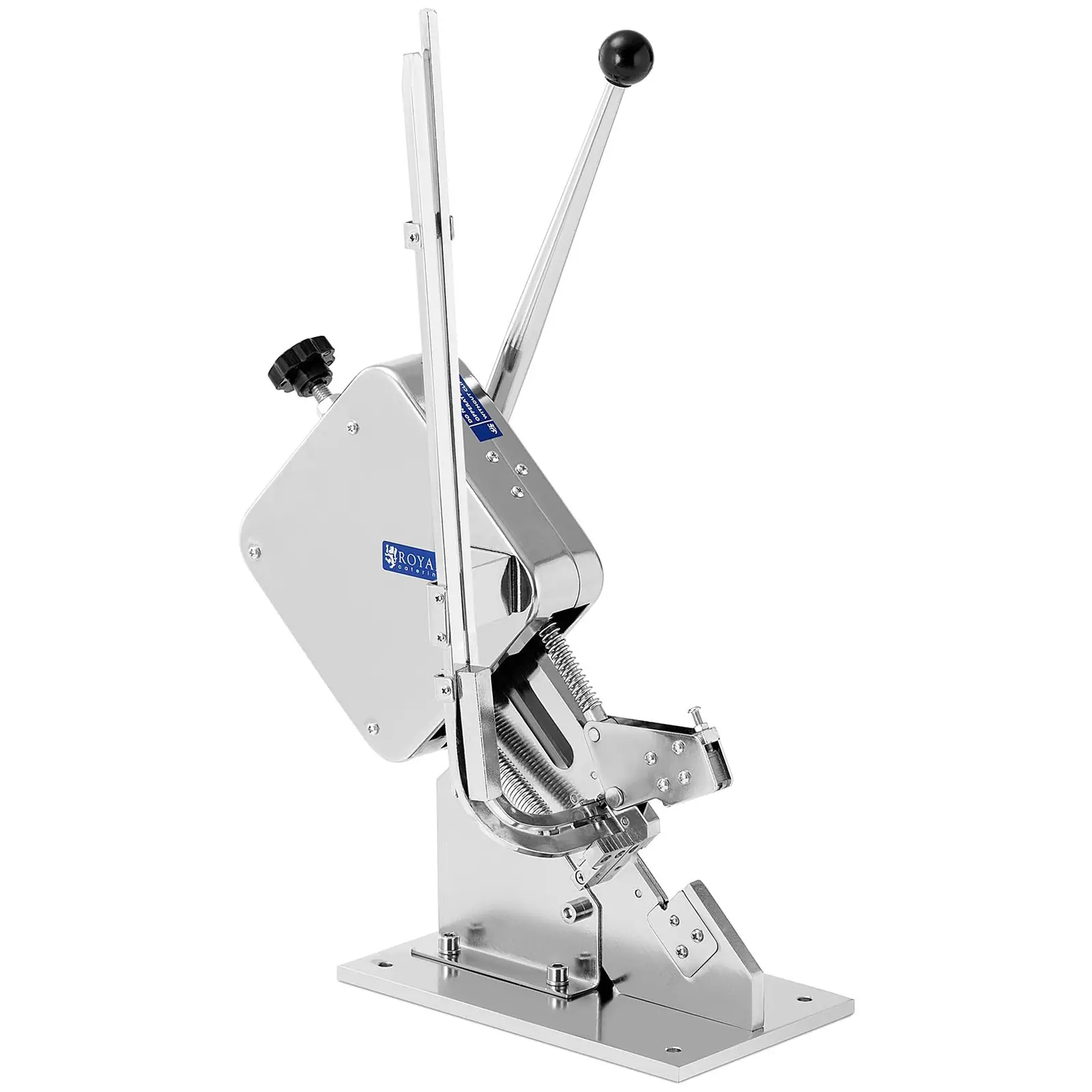Homemade food products are becoming more and more popular, with an all-time favourite being homemade sausage. At the same time, as the popularity of homemade food is growing, so is the demand for the necessary appliances to make such products. But before choosing such equipment, you should ask yourself the question: which sausage maker will best fit my needs?

Homemade food products are becoming more and more popular, with an all-time favourite being homemade sausage. At the same time, as the popularity of homemade food is growing, so is the demand for the necessary appliances to make such products. But before choosing such equipment, you should ask yourself the question: which sausage maker will best fit my needs?
What do you need to know about sausage makers?
There is no one-size-fits-all sausage maker. If you plan to purchase this type of equipment, you should take into account not only your own needs, but also the wide range of products available. So where should you start?
First of all, consider what you will use it for. Occasional preparation of homemade sausage for family events is not the same as producing cold meat for sale on a larger scale. That’s why it’s good to get to know the basic differences between various models.
What types of sausage makers are there?
The basic division includes manual and electric sausage makers. The first type is powered manually, while the second uses an electric motor. This is the main differences between the models. Both types have their advantages. The manual version is extremely intuitive to use and will not increase your energy costs. The electric version, although more expensive to use, is much more efficient and does not require the use of physical force. If you want to quickly work with a large amount of meat, this type of machine will come in handy. Royal Catering electric sausage makers have a 230 or 260W motor, which allows for lower energy consumption compared to other kitchen equipment.
Another important difference is in the design. In this case we distinguish between vertical and horizontal sausage makers. Vertical models are usually good for processing larger amounts of meat, because they can be loaded faster and easier. A useful function of such devices is the tilting cylinder. The vertical model also takes up less space, which is of particular importance in commercial kitchens and butchers. Many home users appreciate the advantages of horizontal sausage makers. They are stable and often use additional clamps. Attached to the table top in this way they are more convenient, as they do not move around when in use.
Which one is easier to clean?
Whichever version you choose, you will need to clean it carefully. The more removable items the machine has, the easier it is to remove raw meat leftovers. The material it is made from also makes it easier to clean. With hygiene in mind, stainless steel versions are usually recommended.
Today it is the most valued material in the commercial catering industry, which is hardly a surprise, as its smooth surface makes it easy to remove grease or meat juices when cleaning. Resistance to dents, scratches and other mechanical damages, as well as corrosion, lets you use the equipment for a very long time. Moreover, stainless steel retains its attractive appearance. Its elegant shine makes it look like new for years.
You can also opt for a sausage machine made of other materials. There are cheaper models available, made of plastic or with plastic funnels. These are intended for occasional, home use. However, if you are involved in the commercial catering or butcher industry, it’s better to invest in reliable equipment that you can fully trust on a daily basis.
How big should a sausage maker be?
This is another issue that really depends on your individual needs. The required production efficiency in line with your company profile and the frequency of homemade sausage production (regular or occasional) should influence your decision. Once you have figured out the above, it’s time to make a purchase decision. Shops with commercial catering equipment offer a wide range of capacities.
The smallest variants have cylinders between 3 and 5 litres and are usually used in home kitchens. Medium-sized models, ranging from 7 to 15 litres, are suitable for commercial use, but are also appreciated by more demanding enthusiasts. The largest sausage makers are electric machines with a high-performance hydraulic mechanism, intended for commercial use. Such models have cylinders with a capacity of 25, 35 or even 55 litres. They stand out from the rest not only due to their impressive parameters, but also their price of around £5,000.
Stuffing funnels and seals – basic accessories
Merely shaping the meat is not enough to make a homemade sausage. In order to prepare both thin and thicker sausages, you can use special accessories, such as stuffing funnels. Standard tubes come in four diameters: 16, 22, 32 and 38 mm, although some manufacturers also offer slightly smaller or larger ones. They are usually made of stainless steel or plastic. They let you to prepare sausages up to around 15 centimetres long.
Another practical addition to the device is a piston gasket. It guarantees precise injection of meat into the sausage casing. There is no space between the edges of the piston and the cylinder, which means that no stuffing will remain on the cylinder wall. This ensures convenient and efficient use.
What else do you need?
A sausage maker is the basic piece of equipment without which you will not be able to prepare sausages up to your expectations. Once you have chosen the right machine, you could think about other useful devices that could come in helpful. They are not indispensable, but in a commercial kitchen they will allow you to significantly increase the efficiency of homemade sausages. So what should you consider getting?
A meat grinder and sausage clipper are two devices that will definitely come in handy at different stages of production. The first one enables quick meat grinding in order to obtain a stuffing with a uniform consistency. Being electrically powered, you will not have to put in any physical effort. Most models are equipped with a set of screens with different mesh sizes. They let you grind meat into smaller or coarser pieces, which is of great importance when preparing sausages. Each homemade sausage recipe should contain precise information on the required degree of meat grinding.
The second device is a sausage clipper. This, in turn, will prove helpful at the very end of the process of preparing the stuffing, when your ready ingredients are already in the casing. The clipper is a very simple, manual piece of equipment, which allows you to automatically and efficiently close both ends of the sausage.
Which sausage maker will be best for you?
There is no simple answer to this question. Our short guide is aimed at providing you with tips on what you should pay attention to when choosing the right equipment. Consider them carefully when making your choice. The key question that you need to ask yourself is which type of machine is needed in your specific case? After carefully considering the best answer, choosing a specific model will become a much easier task.


















Share